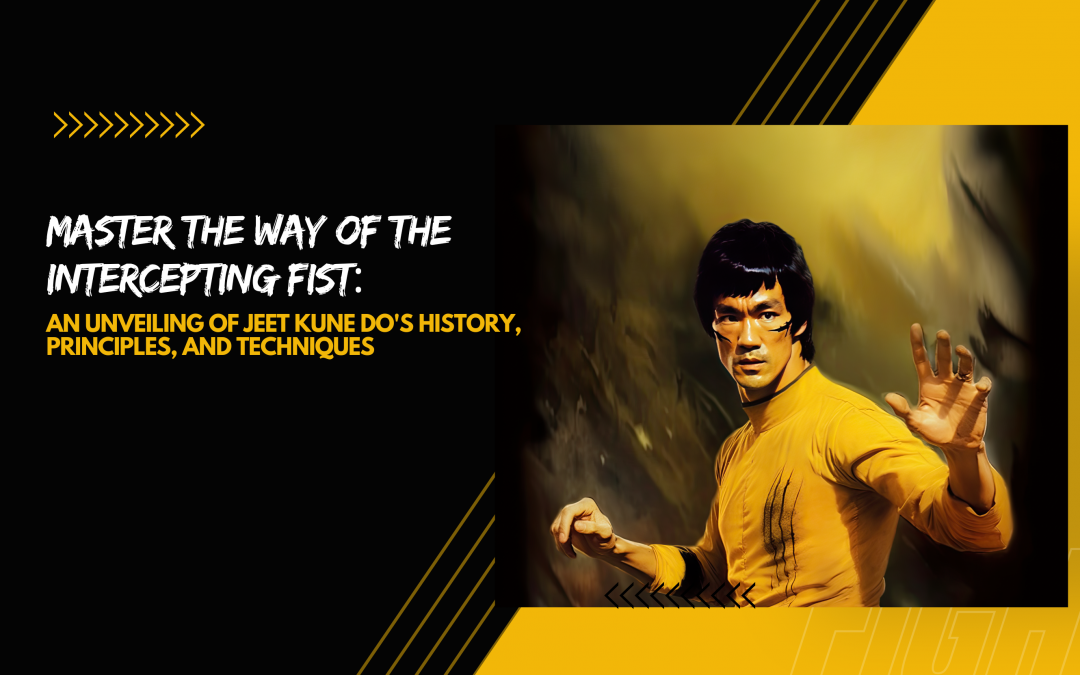
by Joe Heller | Jul 9, 2023 | JKD
Master the Way of the Intercepting Fist: An Unveiling of Jeet Kune Do’s History, Principles, and Techniques Introduction to Jeet Kune Do Jeet Kune Do, often abbreviated as JKD, is a renowned hybrid martial arts philosophy. Created by the martial arts legend...

